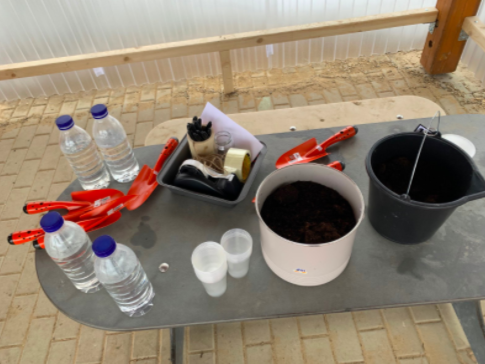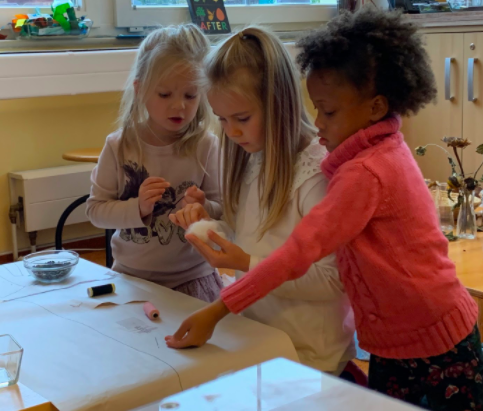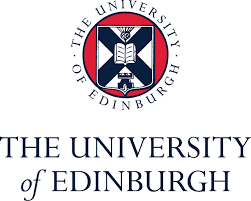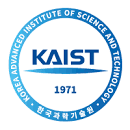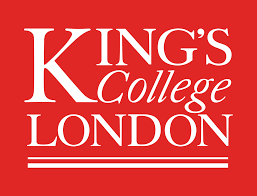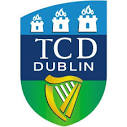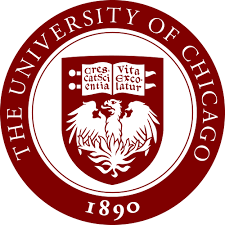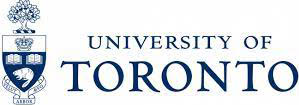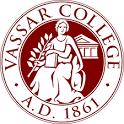
As a Reggio-Inspired Early Childhood program, ISP’s ECF learners have the unique advantage of regularly learning with an Atelierista. The Atelier and Atelierista are at the heart of the world-renowned Reggio-Emila Approach, started in Italy and has now spread to more than 145 countries.
“Ateliers are environments promoting knowledge and creativity, suggesting questions and generating evocations; they are beauty that produces knowledge and vice-versa, the places where “the hundred languages” are enacted. – Reggio Children
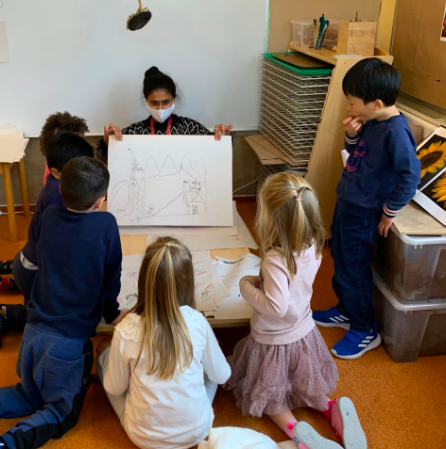
ISP’s Atelierista, Ms. Akshaya Krishnamoorthy, an accomplished artist and expert early childhood educator leverages children’s curiosity to build skills, knowledge and understanding of the world around them. Piquing their interests with “provocations” and exploratory experiences with materials and mediums, these young learners have the time and guidance to engage with the “what” and “how” of materiality while exploring their wonderings.
The Atelier of Sunflowers
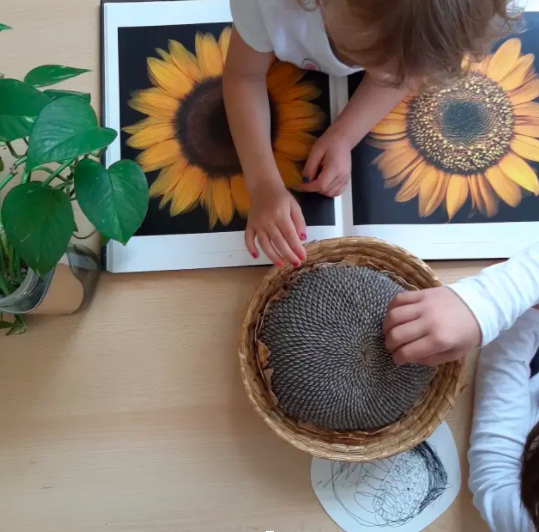
Stimulating interest with this unique object Ms. Akshaya brought to school, the children figured out, over time, that this object is indeed the dried up head of a sunflower and has at least 100 seeds.
Just outside the ISP campus there were sunflowers growing in a garden. The children took mini field trips to make close observations, they learnt about bees and birds feeding off the flowers and got to meet the friendly owner of the garden. A lot of seeds were eaten and a lot of the flowers were in different stages of decay or bloom. Taking a few specimens back to the atelier, the children watched them change over time.
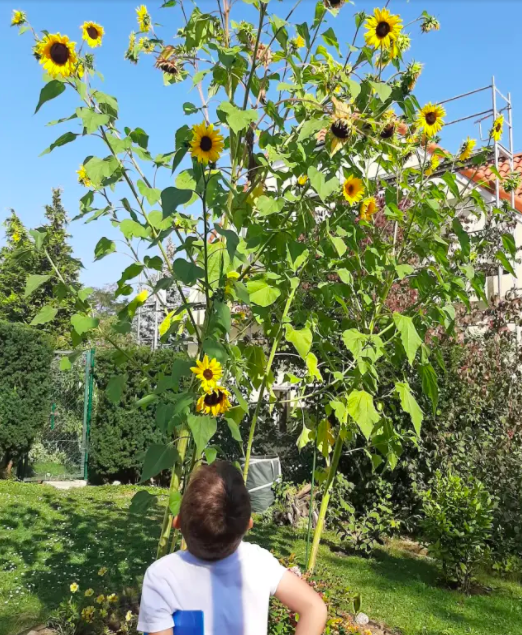
Leaving the campus can feel like a big adventure for our young learners. So, the children created “maps” that showed how to get to the sunflowers.
On one of the visits to the sunflowers the children found out that the nice sunflower lady had done some gardening and had removed the sunflowers. The tall stalk with its flowers came back to the atelier along with the children.
Through regular close observation of the collection of sunflower specimens, the children built a relationship with these materials, watching them change and dry up.
Mystery, Materials and Making
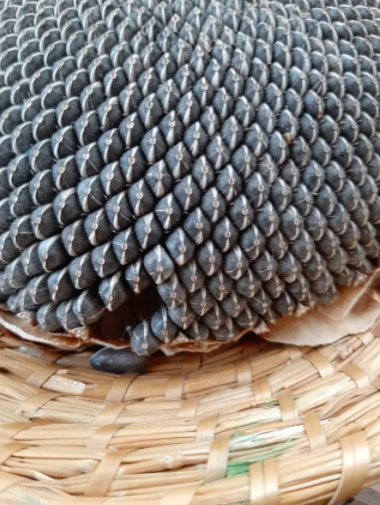
One day the children realised that a few seeds were missing from the dried sunflower head – the original one that birthed the collection. Unhappy, the children wondered, A theory was born, “we have a seed robber.” They found no other explanation satisfactory.
The theory of the robber and building a trap to catch the robber has allowed the children to explore a number of different materials and techniques/languages in the atelier. Sculpting fake seeds and sunflowers with clay, sewing a big sunflower monster, trying to construct seeds that look like sunflower seeds so the real ones are safe, painting a giant fabric sun so the sunflower monster gets light in these dark days and working on drawing “plans” for the seed robber trap.
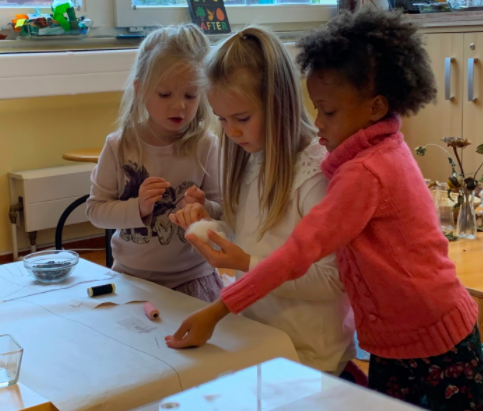
Below right students are making impressions of the seed pod and learning about frottage printmaking,
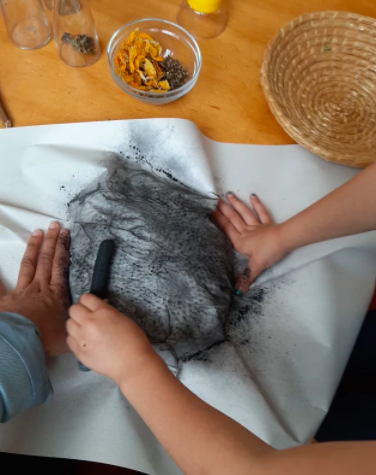
Connections
The children were making bird feeders with ES Outdoor Learning Specialist, Ms. Kerry Craig. When looking at different birds in the Czech Republic, they discovered one that loves sunflower seeds.
“I see him in my garden all the time,” Ms. Kerry shared – a new theory was presented to the children: MAYBE the bird is the seed robber. “Yes, yes! Our seed robber has this bird as a pet, that is why he is stealing our seeds. To feed his pet” the children explain.
The robber remains a human, now with a pet bird.
One of the many theories the children had was “the seed robber is stealing our seeds so he can plant them and get hundred thousand seeds.” Ms. Akshaya and Ms. Kerry found a way to connect outdoor learning with their ongoing fascination with sunflowers in the atelier. What would happen if we plant some seeds? Would the seed robber be interested in them?
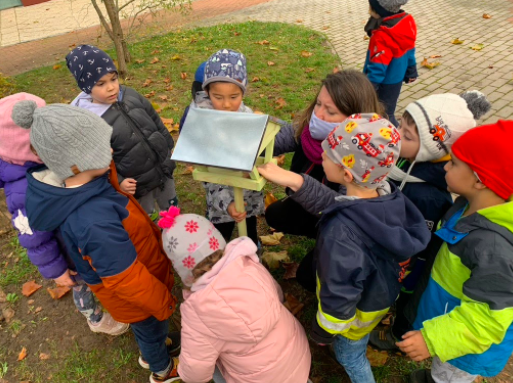
The trap in the atelier now has a new language added to it. In addition to sewing, sculpting, drawing and printmaking the children are now caring for seeds and maintaining an “observation journal” of what might happen to the seeds. Will they become big plants or disappear before they are born?
Persistence
Nurturing persistence is key for deep learning, which is why our ISP learning principle, Learners persist with relevant and rich challenges, is so important.
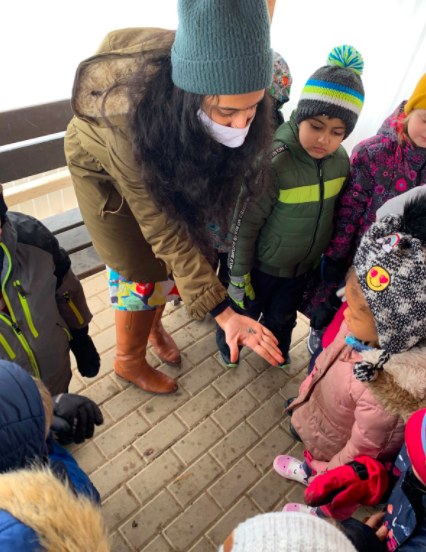
Developing the willingness to continue, even when faced with obstacles or when learning gets hard, is central to both academic and personal growth. At the heart of persistence is intrinsic motivation. At ISP we tap into learners’ curiosity and embed the learning in challenges that are relevant to the learner. In ISP’s Early Childhood, the Aterlierista guides these young researchers in exploring and discovering the wonderful world around them, all while developing conceptual understandings, key skills and a drive to dig deeper and learn more.
